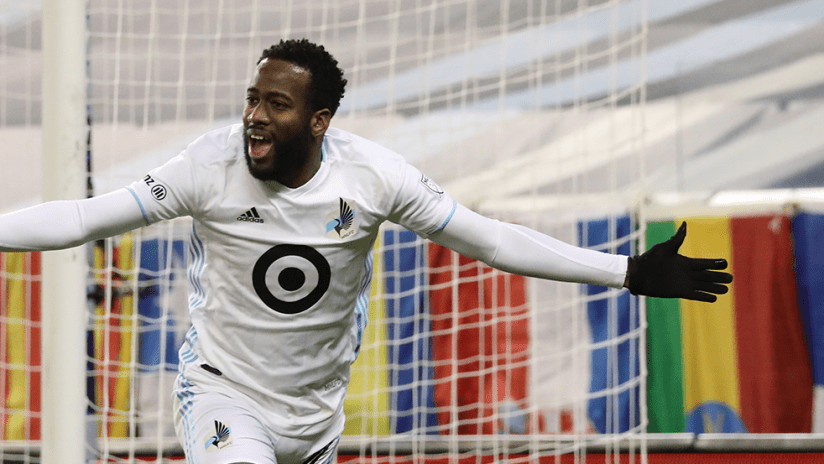The average MLS team attempts slightly more than 12 shots per game. Approximately 10 percent of those shots are converted into goals.
Obviously, shots are important. But how do we allocate credit for a shot created? Although many players may be involved in the leadup to an attempt, in the vast majority of instances, the two most important are the player providing the “key pass” (shot assist) and the person taking the shot.
Using data provided by Opta, we can measure who is the most important attacker for every MLS team in 2015. By adding up a player’s shots taken per 90 minutes and key passes per 90 minutes, we can find their total shots contributed per 90 minutes. Then we divide their total shots contributed per game by the total shots their team attempts in a game.
This measures their total shot contribution as a percent of their team’s total. Using this approach, we found that Toronto’s Sebastian Giovinco is the most important attacker to his team, as he is directly involved in approximately 56 percent of Toronto’s shots.
Taking the analysis a step further, we looked at the most important attacker for each team’s ratio of shots to key passes. This ratio provides a framework for categorizing attackers.
A higher ratio indicates a player is a shooter or finisher, while a lower ratio indicates a player is a provider or creator. The closer the ratio comes to 1.35 (not all shots come from key passes), the more balanced the attacker is.
Player
Shots/90
KP/90
Shot Contr.
per 90
Shot Contr.
(%)
Shot/KP
ratio
While still very early, it is impressive to see the four big offseason foreign signings (Giovinco, David Villa, Fernando Aristeguieta, Kaká) making large impacts at their clubs.
It is also interesting to see Clint Dempsey, Juan Ramírez and Harry Shipp coming so close to the 1.35 that marks attacking balance.
Team approaches to the shooter/provider roles vary. For example, when FC Dallas take on the Houston Dynamo on Friday (8 pm ET, Univision Deportes/UnivisionDeportes.com), two very different styles will be on display.
Looking at the top two shot contributors for each team, we can see that Houston’s attack has a clear shooter (Giles Barnes) and a clear provider (Brad Davis), while Dallas’ top attackers have more balanced shot-to-key-pass ratios.
Player
Shots/90
KP/90
Shot Contr.
per 90
Shot/KP
ratio








